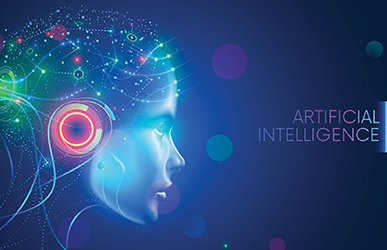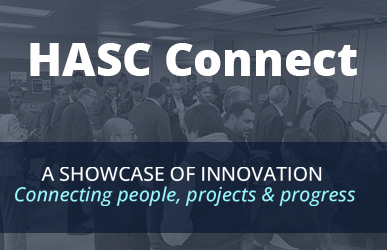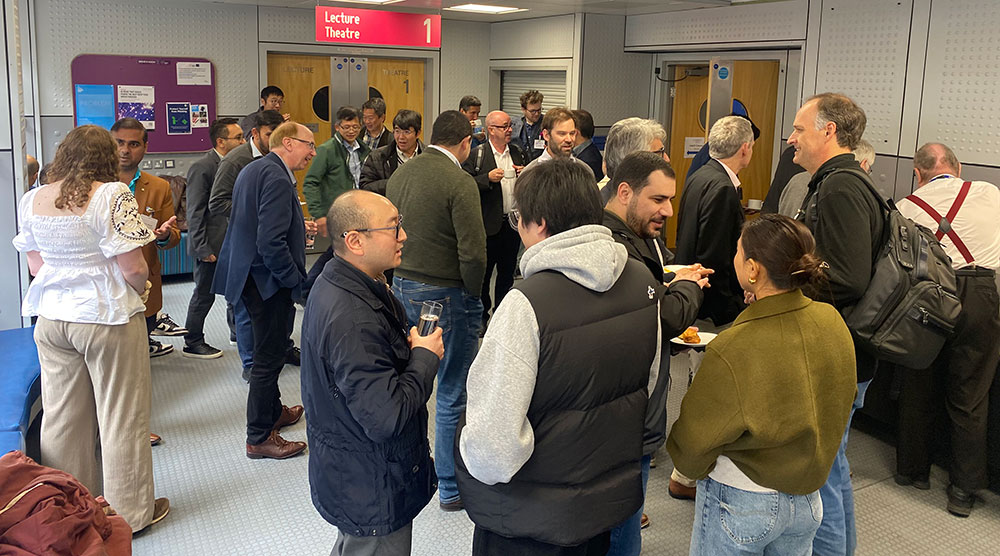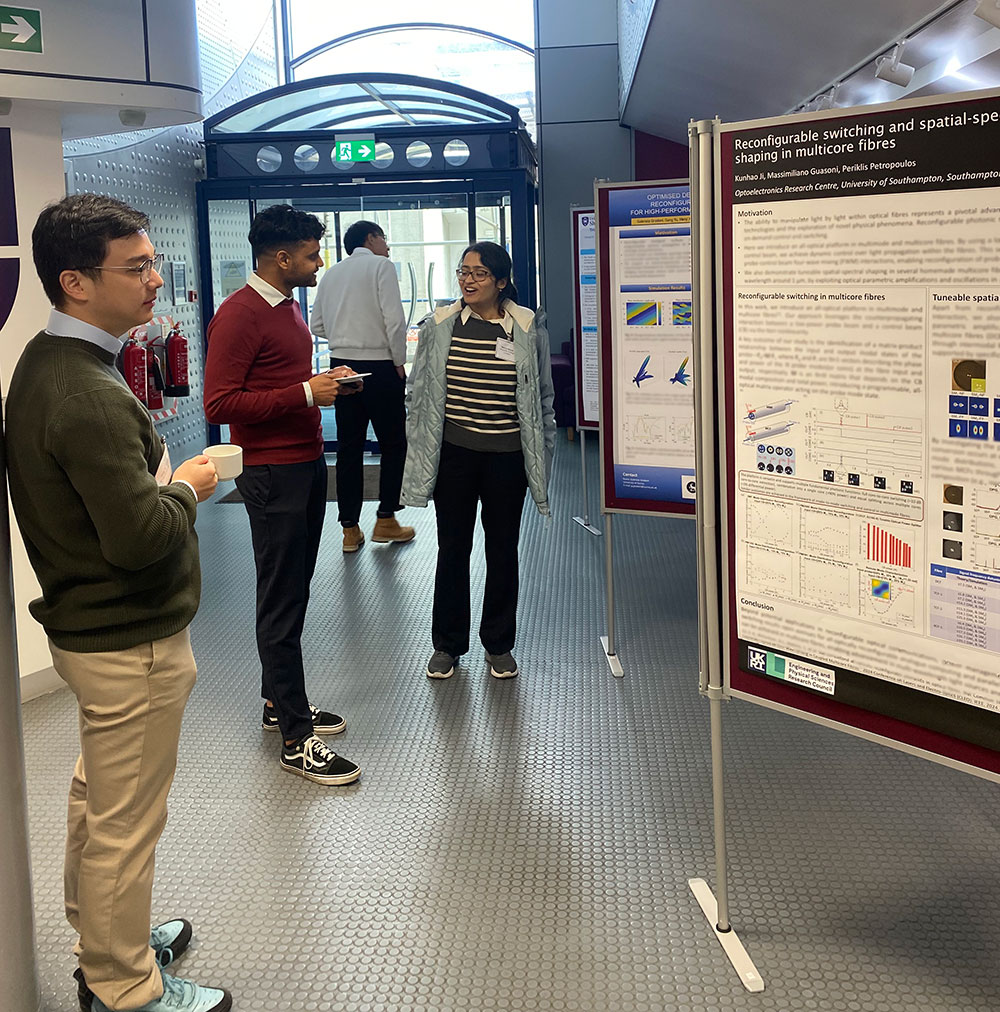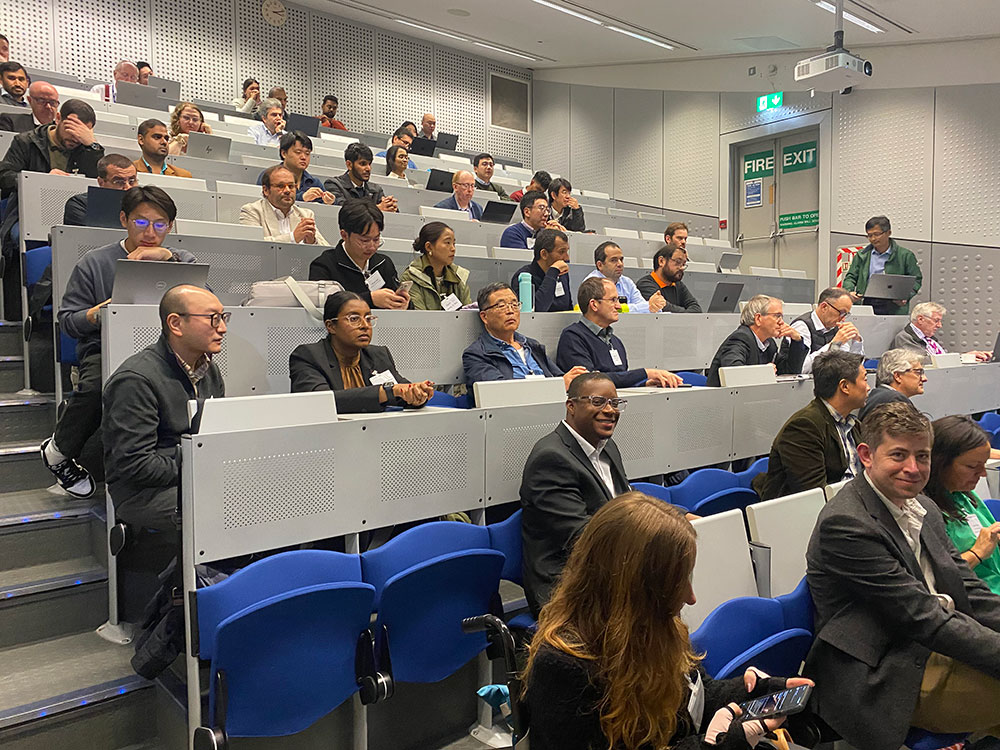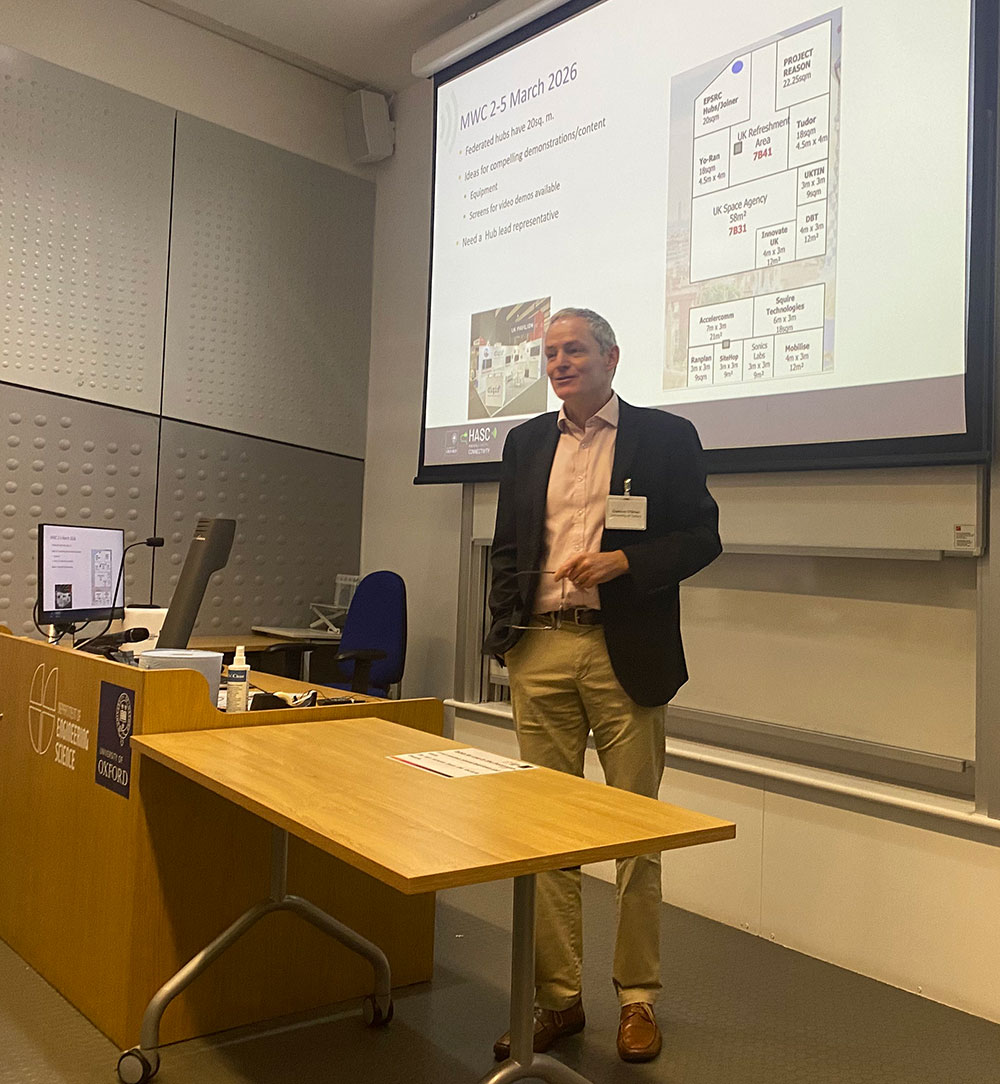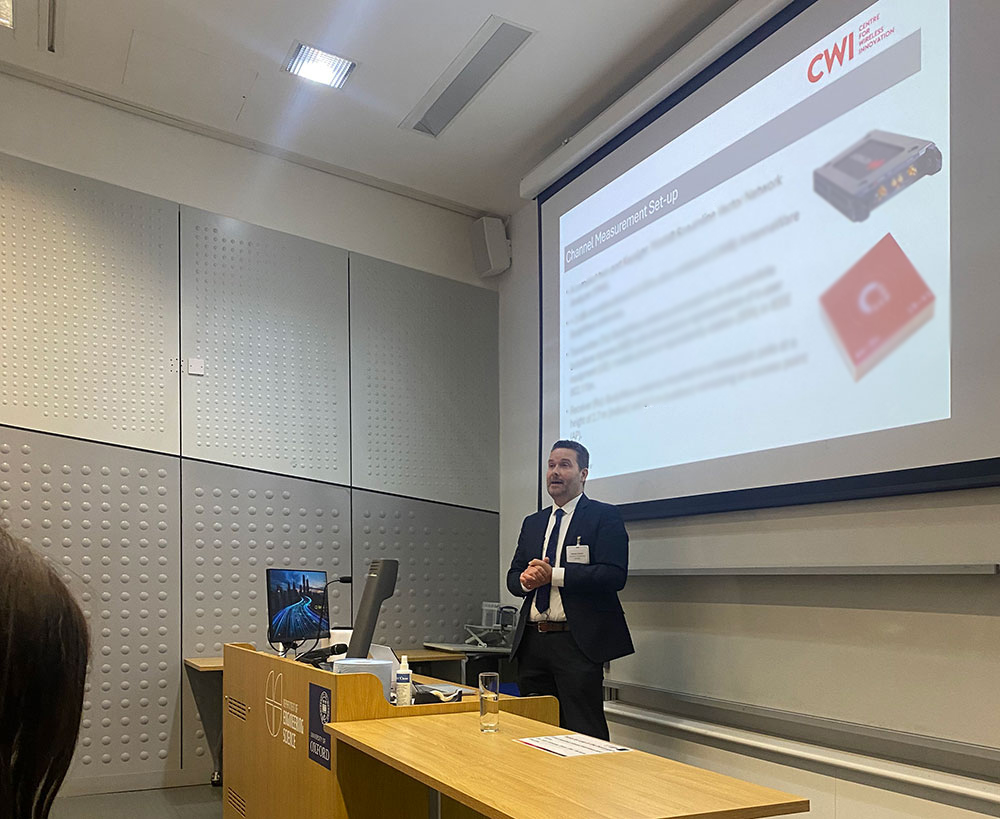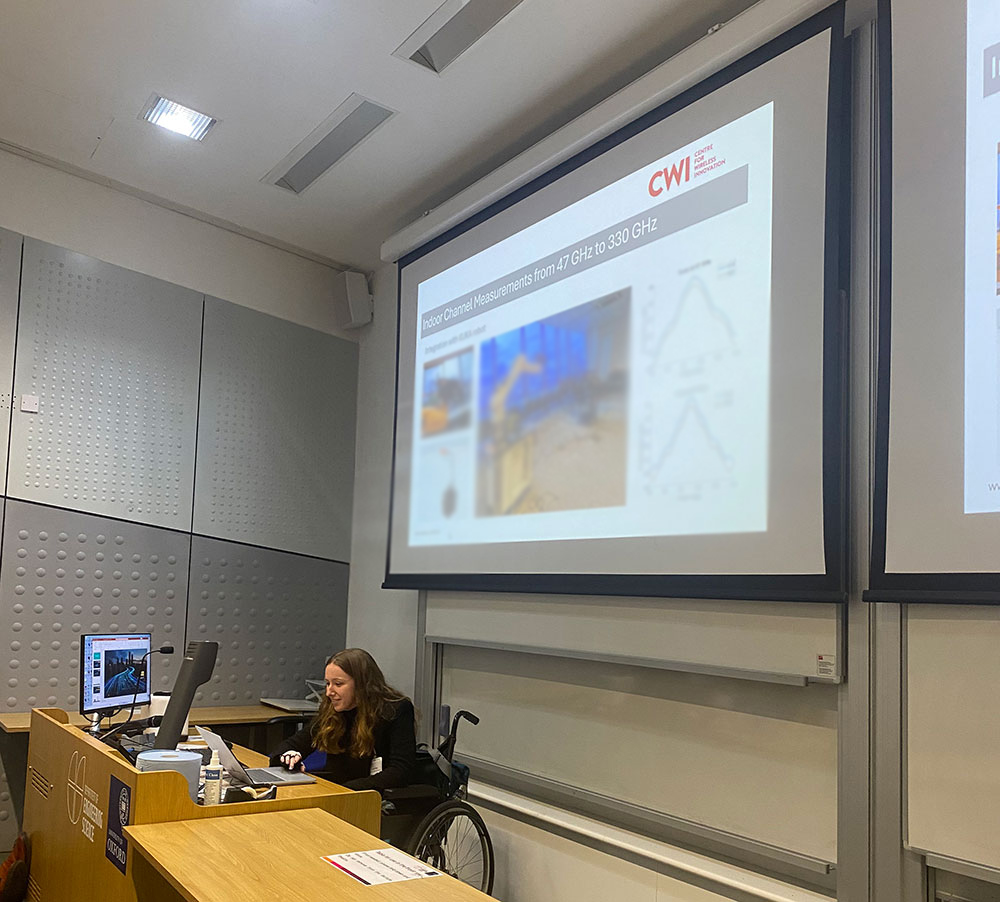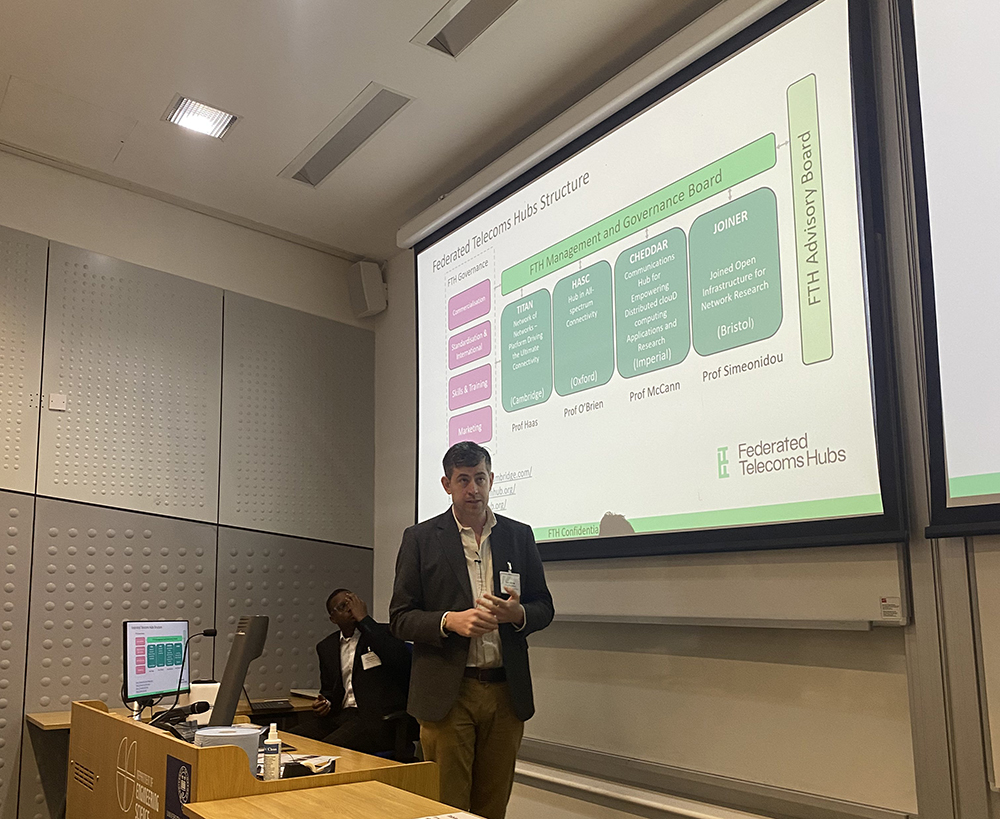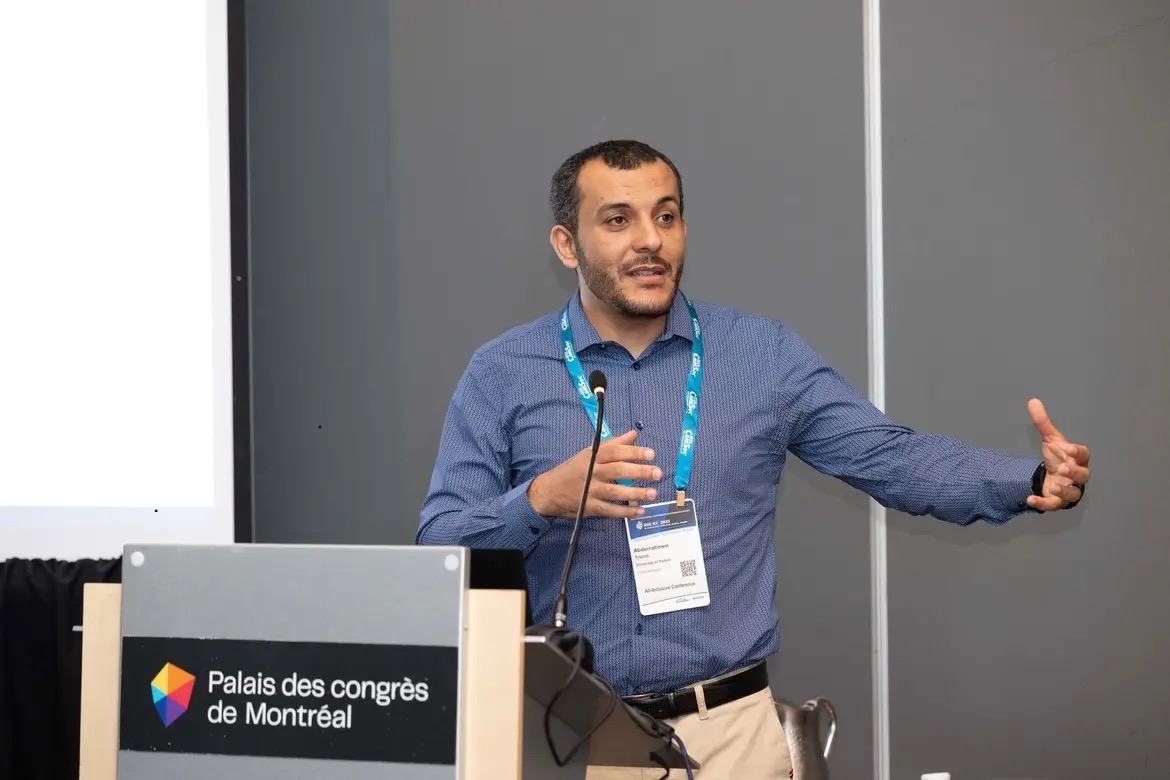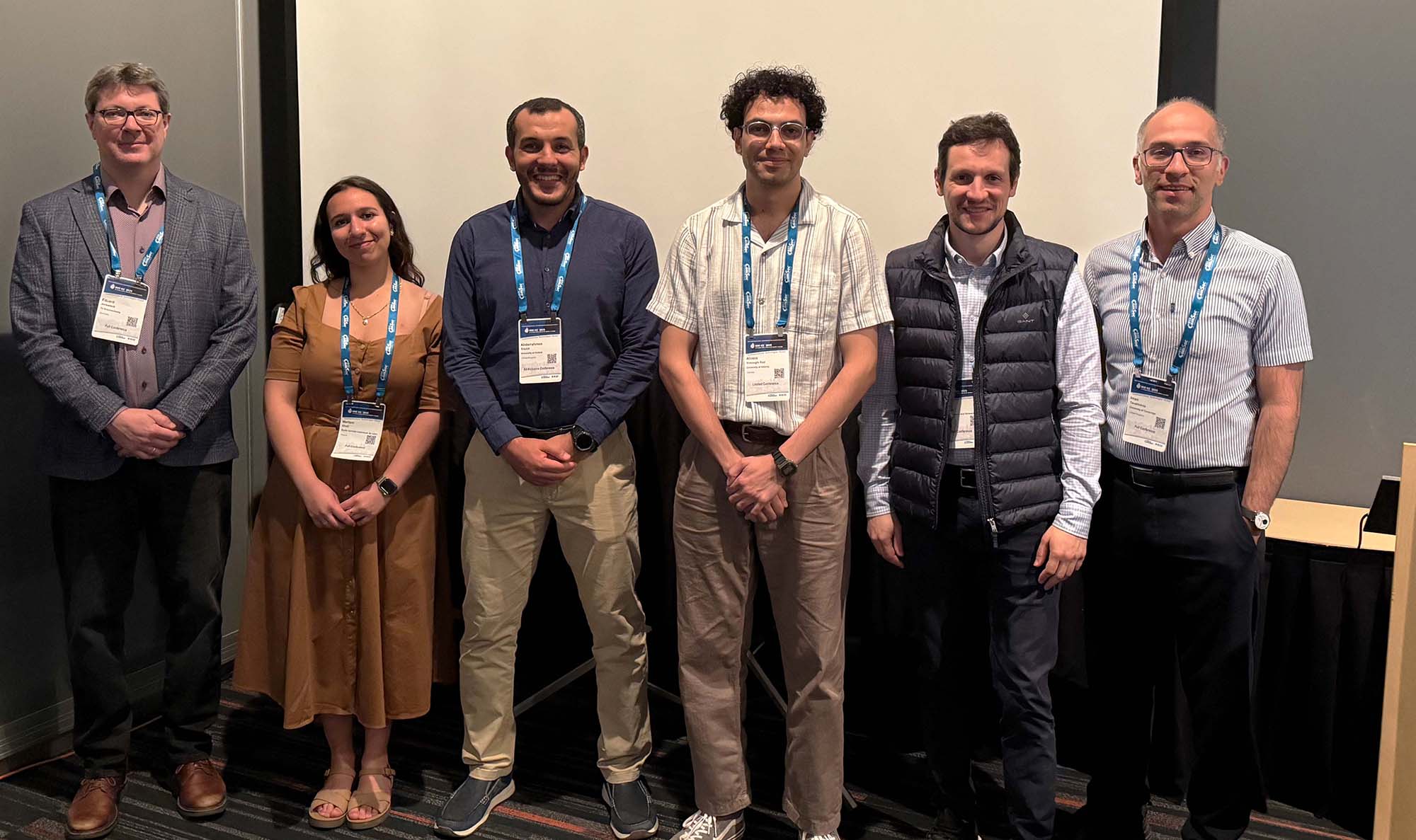
AI for Connectivity
As networks become more complex and connected than ever, artificial intelligence (AI) and machine learning (ML) are emerging as the foundation of intelligent and adaptive systems. Across the HASC project, our researchers are harnessing these technologies to advance connectivity, network security, and efficiency and pave the way for the next generation of intelligent future networks.
In support of techUK’s Intelligent Networks Awareness Day, we’re highlighting six of our cutting-edge projects that show how AI and ML are driving innovation across our four core challenges: Measurement & Modelling, Connectivity, Adaptivity and Security.
Together, these projects reveal how AI is helping to build future networks that think, learn, and adapt in real time. This technology is essential for the UK’s journey towards a fully connected future and all-spectrum telecommunications. Dive into this article as we explore the work from each core challenge.
 Core Challenge: Measurement & Modelling
Core Challenge: Measurement & Modelling
Accurate measurement and modelling allows us to understand existing connectivity behaviour and patterns. AI and ML is helping us to analyse, predict, and optimise the use of spectrum, from vast datasets. With this insight, our researchers are helping to make networks more efficient, responsive, and sustainable.
AI in Measurement Modelling – FEATURED PROJECT
TITLE: Spectrum: Enhanced Datasets & Models for Optimisation
- LEAD UNIVERSITIES & PLATFORMS: University of Bristol | Queen’s University Belfast | JOINER National Spectrum Facility
- PRINCIPAL INVESTIGATORS: Dimitra Simeonidou & Simon Cotton

CHALLENGE: At present, there is limited visibility of how spectrum is used across the UK. This lack of detailed, real-time data makes it difficult to understand where and when spectrum is underused, and to design smarter systems for managing it.
INNOVATION: By collecting and studying this data, we are learning more about how different parts of the spectrum are used. Using machine learning (ML), we can create systems that identify unused bits of the spectrum and find better ways to share it. This will help make wireless communication faster, fairer and more efficient.
IMPACT: The insights generated from monitoring nation-wide spectrum usage will be relevant to a range of standards groups and of interest to operators and regulators. Regular contact with standards bodies and operators will ensure it enables future spectrum innovations.
TECHNOLOGY ENABLER: This project is made possible by the award-winning JOINER platform.
JOINER’s National Spectrum Facility provides persistent, high-fidelity radio frequency monitoring and data capture across wide bandwidths and in diverse environments, enabling real-world, large-scale spectrum research, emulation and data gathering. With these features, it’s possible to predict future spectrum sharing scenarios, create testbeds to trial dynamic resource allocation strategies, and build AI-driven algorithms. JOINER is committed to ensuring that spectrum access is not a limiting factor on the UK’s economic and societal potential.

 Core Challenge: Connectivity
Core Challenge: Connectivity
Connectivity lies at the heart of every digital experience. It’s how we send a message, make a call or stream content.
AI for Connectivity – FEATURED PROJECTS
TITLE: Signal Processing and Machine Learning for RF Transmission & Propagation Engineering
- LEAD UNIVERSITY: Imperial College London
- PRINCIPAL INVESTIGATORS: Bruno Clerckx, Ayush Bhandari & Kin Leung

CHALLENGE: As 6G networks evolve, they must connect far more devices than ever, using limited spectrum. Current systems struggle to manage interference, energy efficiency and adaptability in complex real-world environments.
INNOVATION: We’re developing new multiple access and beamforming methods. We’re using rate-splitting, reconfigurable intelligent surfaces (RIS), unlimited sampling and machine learning (ML) to optimise wireless signals, even without detailed channel data.
IMPACT: This research supports UK-born 6G technologies entering international standards and delivers patentable energy-efficient architectures. This project enables rapid commercial adoption through new startups and collaborations with industry partners.

TITLE: Spectrum: ML-Enabled RIS Aided Waveforms
- LEAD UNIVERSITY: University of Surrey
- PRINCIPAL INVESTIGATOR: Gabriele Gradoni

CHALLENGE: Challenges currently exist in dense environments such as city centres and indoor scenarios where mobile signal propagation struggles without clear line-of-sight. This leads to unreliable signals that cannot deliver the capacity that users require.
INNOVATION: This innovation uses machine learning combined with a novel technology called Reconfigurable Intelligent Surfaces (RIS). RIS enables improved signal strength and reduces interference. Machine learning algorithms are used to configure these surfaces to harness the electromagnetic wave energy in the environment.
IMPACT: This technology brings coverage to places where signals would normally be weak or blocked leading to more stable and reliable mobile signals. Ultimately this will result in better services to users as we move towards 6G networks.

TITLE: Spectrum: ML-enabled MA and ISAC waveforms
- LEAD UNIVERSITY: University of Sheffield
- PRINCIPALINVESTIGATOR: Timothy O’Farrell

CHALLENGE: Tomorrow’s 6G networks must deliver reliable high-speed communications to citizens wherever they are. New communications signals and waveforms can help with this goal. The University of Sheffield is using a state-of the-art testbed to evaluate new types of signals. The challenge is to keep the signal stable and reliable even when the environment is rapidly changing.
INNOVATION: We’re testing how well ML can improve the way wireless signals are sent and received in future networks such as 6G, especially in highly mobile scenarios, such as in cars, trains or even drones. ISAC (Integrated Sensing and Communications) waveforms let wireless signal send data and sense the environment. This could be used for detecting where people or objects are.
IMPACT: This project is focused on enhancing the capabilities of the wireless systems that are all around us. This will help to deliver more reliable communications to citizens as they move around, as well as enabling ‘smarter’ buildings and environments.

 Core Challenge: Adaptivity
Core Challenge: Adaptivity
The networks of the future must be able to think and learn in real time. Our adaptivity research uses AI, ML and Deep Reinforcement Learning (DRL) to help networks learn from data and adapt based on changes – essentially self-optimising networks. This adaptivity reduces congestion, improves spectrum management, reduces energy consumption and guarantees more resilient and robust networks fit for the evolving demands of future connectivity.
AI for Adaptive Networks – FEATURED PROJECT
TITLE: O-RAN intelligent adaptive Load balaNcing and efficiency in highly Dense deplOyments: ORLANDO
- LEAD UNIVERSITY: University of York
- PRINCIPALINVESTIGATOR: Hamed Ahmadi

CHALLENGE: Dense O-RAN networks find difficulty maintaining performance under uneven traffic loads, wasting precious spectrum and causing congestion. AI-driven load-balancing can help alleviate this, and this work will investigate this technique at scale.
INNOVATION: ORLANDO is developing AI and ML-driven solutions for intelligent load balancing in dense Open RAN (O-RAN) networks. By dynamically distributing traffic across a network, the system improves efficiency, reduces latency and energy use, and enables scalable, self-optimising wireless networks capable of adapting in real time to changing demand.
IMPACT: Citizens rely on reliable communications, and providing this across different environments, at reasonable cost means that optimising network performance is an important area. AI will play a key role in this. Success will mean better service in crowded areas, with fewer dropped calls, less buffering, and more reliable connections.

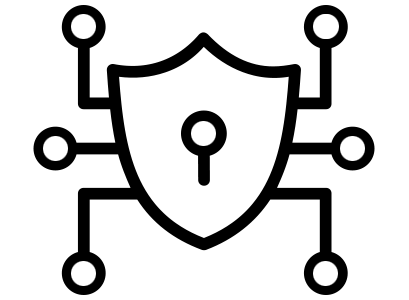 Core Challenge: Security
Core Challenge: Security
As networks grow more complex and more intelligent, so too must their defences. AI and ML are transforming the way we protect systems. We are exploring quantum key distribution (QKD) and looking at ways we can authenticate devices at the physical layer rather than vulnerable users. Our deep research in this area is helping to design future networks that are not only connected but also secure and trusted.
AI in Security – FEATURED PROJECT
TITLE: Securing Spectrum Connectivity Over-the-Air Authentication Using Radio Frequency Fingerprinting
- LEAD UNIVERSITIES: University of Liverpool | Heriot-Watt University | Queen’s University Belfast
- PRINCIPAL INVESTIGATOR: Junqing Zhang

CHALLENGE: Today’s networks trust devices based on passwords and software credentials that can be hacked or stolen. In the future billions of IoT devices are likely to be used in sectors such as healthcare and in smart cities. By reading a device’s unique radio ‘fingerprint’ at the physical layer, we can verify its identity the moment we add additional security to networks.
INNOVATION: ML-enabled, PHY layer radio frequency fingerprint identification (RFFI) wireless for authenticating radio devices. Rather than authenticating users, this technology authenticates devices.
IMPACT: As we connect more and more devices (including IoT, smartwatches and phones and smart home devices) we need new ways to protect networks from fake or malicious devices. Traditional security methods (like passwords) can be hacked but using a device’s own physical signal as its ID is much harder to fake. This development will help citizens remain secure.

Looking Ahead, The Future of AI Intelligent Networks
Together, these projects demonstrate the power of AI and ML in creating networks that are not only faster and more efficient, but fundamentally smarter. By combining research excellence across our four challenges, HASC is accelerating the UK’s progress towards intelligent, adaptive, and secure connectivity, ensuring that the networks of tomorrow truly work for everyone.
Want to stay involved? Keep an eye on our channels for updates, opportunities, and news from across the HASC community.
Sign up for our newsletter.
Follow us LinkedIn.


